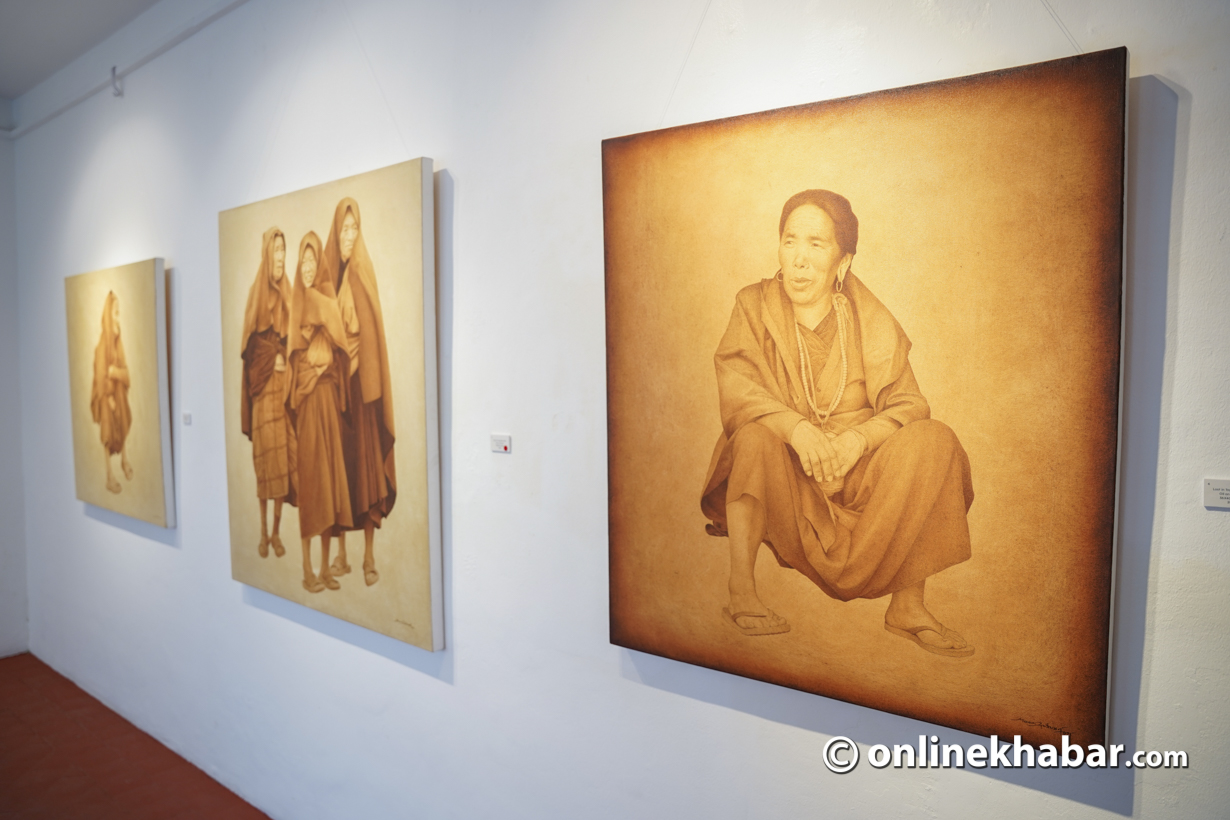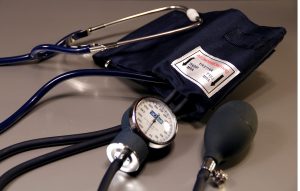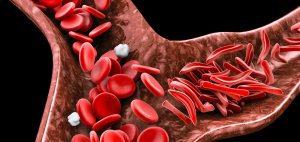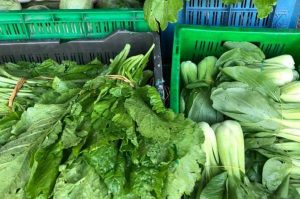
Hypertension is defined as the force exerted by circulating blood against the walls of the body’s arteries. It is determined both by the amount of blood your heart pumps and the amount of resistance to blood flow in your arteries. The more blood your heart pumps and the narrower your arteries, the higher your blood pressure. This condition is known as hypertension.
Blood pressure is written as two numbers. The first (systolic) number represents the pressure in blood vessels when the heart contracts or beats whereas the second (diastolic) number represents the pressure in the vessels when the heart rests between the two consecutive beats. Hypertension or high blood pressure occurs when the blood pressure is measured on two different days, the systolic blood pressure readings on both days are≥140 mmHg and/or the diastolic blood pressure readings on both days are≥90 mmHg.
High blood pressure is a growing public health problem in Nepal as in other parts of the world. It is turning into a silent killer as its occurrence is seen in almost every household. Therefore, it is high time every single individual stayed alert against any risk.
Risk factors

There are two types of high blood pressure:
- Primary (essential) hypertension: It does not have an identifiable secondary cause.
- Secondary hypertension: It is caused by an underlying condition such as obstructive sleep apnea, kidney disease, adrenal gland tumours, thyroid problems or drugs. It tends to appear suddenly and cause higher blood pressure than primary hypertension.
Talking about risk factors, there are generally modifiable and non-modifiable risk factors. Modifiable risk factors are those which we can modify by our own will, for example, unhealthy diets (excessive salt consumption, a diet high in saturated fat and trans fats, low intake of fruits and vegetables), lack of physical exercise, consumption of tobacco and alcohol, and being overweight or obese.
The non-modifiable risk factors are those which cannot be modified by our will, for example, a family history of hypertension, age over 65 years and co-existing diseases such as diabetes or kidney disease.
Prevention is better than cure
Most people are unaware of the problem because it may have no warning signs or symptoms. For this reason, it is called a “silent killer” and it is suggested to measure the blood pressure regularly.
Symptoms like early morning headaches, irregular heart rhythms, nose bleedings, vision changes, and buzzing in the ears may also be experienced. Severe hypertension can cause fatigue, nausea, vomiting, confusion, anxiety, chest pain, and muscle tremors.
Besides these, high blood pressure can cause serious damage to the heart. It can harden arteries, decreasing the flow of blood and oxygen to the heart which can cause cardiac arrest, cardiac failure, irregular heartbeat and even stroke by bursting or blocking the arteries that supply blood and oxygen to the brain as well as damaging the kidneys, leading to kidney failure.
So, reducing high blood pressure can prevent heart attack, stroke, kidney damage, as well as other health problems.
But, how?
Traditionally Nepalis have a preference for salty food. But, now with higher consumption of processed and junk food, the sodium intake has increased. So, the problem of hypertension has increased.
But, it also suggests that it can be prevented to a large extent by reducing the sodium intake (to less than 5g of salt daily), involving physical exercises on a regular basis( at least 150–300 minutes of moderate-intensity aerobic physical activity weekly), avoiding the use of tobacco and alcohol as well as limiting the intake of saturated and trans fats can help prevention.
Likewise, it can be managed by the appropriate stress management, regular blood pressure checkup, and management of secondary medical conditions leading to secondary hypertension. Healthy food consumption is also important.
Talking about Nepal, a dramatic rise in hypertension patients has been monitored not only during the Covid-19 pandemic but even before that. A report presented in the International Journal of Hypertension shows that since 2000, the hypertension rate in Nepal has been increasing at 3.5% per decade, and 44.7% of Nepali men will be suffering from it by 2025. It is a very serious projection.
Analysing deeply, it can be concluded the problem is disproportionately affecting the elderly male population without formal education, and those who reside in urban areas.
In Nepal, close to one-third of the adult population has some form of hypertension, but in urban centres, the figure goes as high as 40%, with 25% in rural areas suffering from it. Of the 50% of patients who are diagnosed with high blood pressure, half ignore their condition and get no treatment. Of the remaining, 25% do get some kind of treatment but half of them again do not follow up or take the correct dose of medication and only about 10% of hypertension patients get proper treatment. This has to change.
Originally published on May 17, 2022

























